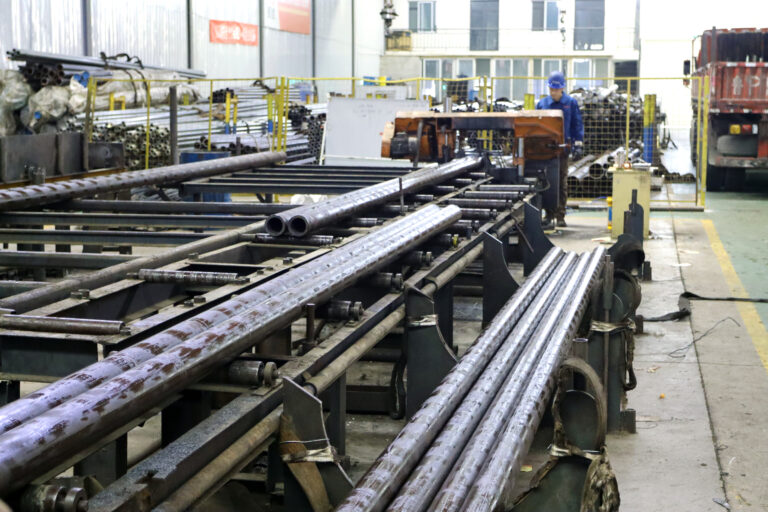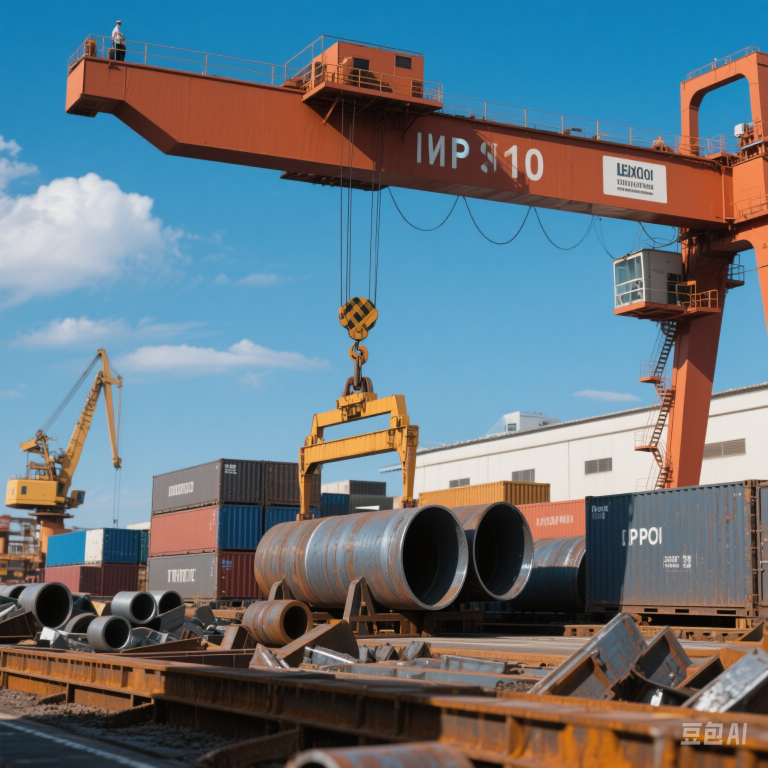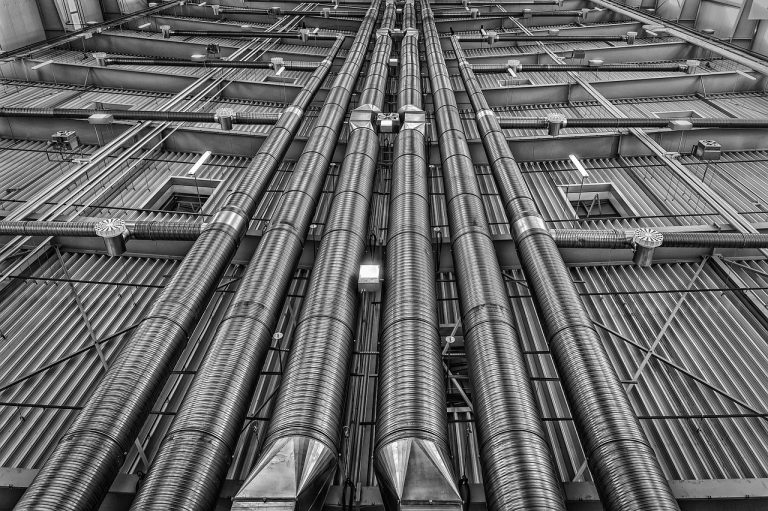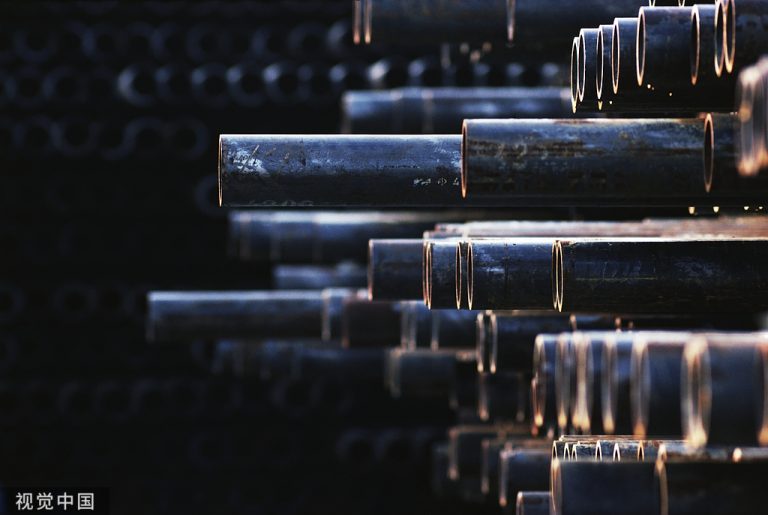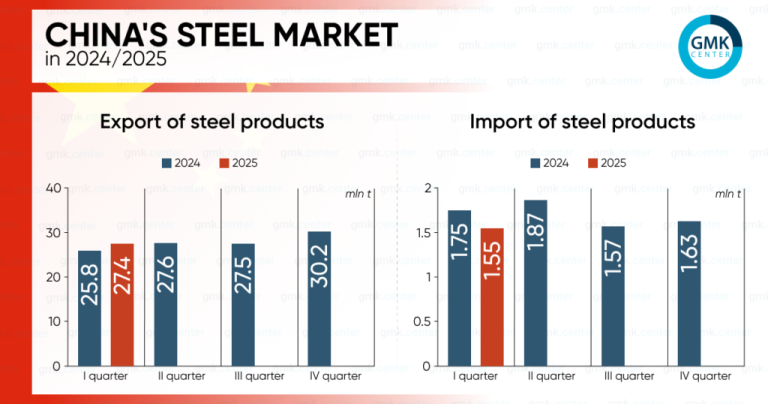Seamless Steel Pipe Supplier from China

Nikunj Turakhia, President of the Steel Users Federation Of India: The US’ imposition of tariffs will “hurt itself”, and we just need to wait and see.
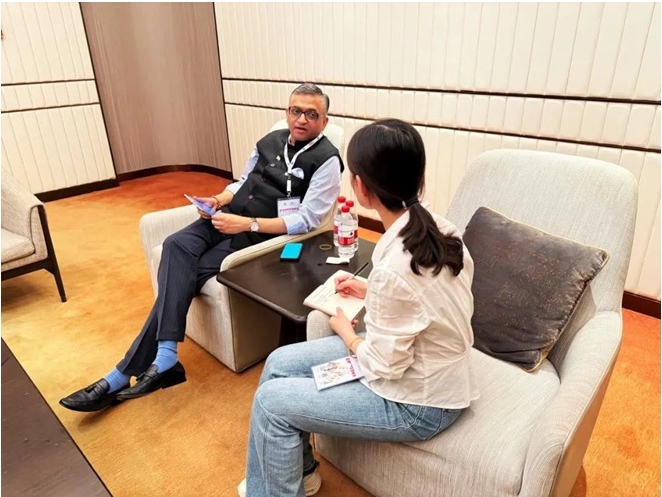
“Large-scale tariff hikes by the United States are highly unreasonable and will cause significant damage to its own economy. From a global perspective, no country can be completely independent of others. I believe the United States will eventually realize this and make adjustments.” On April 21, Nikunj Turakhia, president of the Indian Steel Application Association, emphasized in an exclusive interview with China Metallurgical News, “At present, we just need to wait and see. Time will prove many things.”
“Hope Chinese steel enterprises deeply integrate into India’s development”
According to the World Steel Association’s statistics, in 2024, China’s crude steel output was 1.005 billion tons, a year-on-year decrease of 1.7%; India’s crude steel output was 149 million tons, a year-on-year increase of 6.3%, ranking first and second globally respectively.
Nikunj Turakhia believes that cooperation between the world’s top two steel producers is necessary and logical. “Currently, there is a significant gap between India’s steel industry development level and that of China. India needs to learn from China in many aspects such as product technology, cost savings, and production efficiency. We also hope that Chinese steel enterprises can deeply integrate into India’s development,” he said.
It is reported that in the fiscal year 2024-2025 (April 1, 2024 to March 31, 2025), India’s GDP reached 3.89 trillion US dollars, a year-on-year increase of 6.7%. Compared with 1.86 trillion US dollars in the fiscal year 2013-2014, it has doubled. Currently, the Indian government has set a GDP target of 5 trillion US dollars and is accelerating the realization of this goal through a series of measures such as the Digital India initiative and the “Make in India” program. Especially in terms of railway infrastructure investment, it has reached 32 billion US dollars in the fiscal year 2024-2025, an increase of nearly eight times compared to 3.61 billion US dollars in 2014. India’s economy has a good growth outlook in the future.
“Hope Chinese steel enterprises participate in India’s development and carry out more cooperation beyond steel trade,” he emphasized. “It is suggested that they can build overseas warehouses, set up factories, invest in high-end manufacturing, etc., to carry out more diversified and in-depth cooperation. They can also transfer part of their production capacity to India, which is also a good way to avoid tariff risks,” he said.
In his view, Chinese steel enterprises are currently more “standing outside” to assess risks and feasibility. While Japan and South Korea have signed free trade agreements with India and enjoy duty-free access, they have carried out more investments in India.
“The EU carbon tariff will definitely be extended in the future”
“Although India has made some attempts, it is not that easy to produce green steel. Moreover, the imposition of carbon tariffs will increase production costs by about 50 to 100 US dollars per ton for every country. No country is truly prepared for how to deal with this.” he added.
The International Monetary Fund (IMF) released the latest World Economic Outlook report on April 22, significantly lowering the global economic growth forecast from 3.3% to 2.8%, mainly due to the uncertainty in trade policies caused by the unilateral tariffs imposed by the United States. Nikunj Turakhia emphasized that the current global economic situation is complex and severe, and the steel industry is also facing the predicament of declining demand. This situation will not improve quickly, and it is not advisable to increase the difficulty for the industry’s development through carbon tariffs. “The EU carbon tariff will definitely be extended in the future, so there is no need to worry too much about it,” he said confidently.
The Indian government’s long-term plan for expanding steel production, the National Steel Policy (2017), released in May 2017, aims to increase crude steel production capacity to 300 million tons by the fiscal year 2030-2031. Recently, Sandeep Poundrik, the secretary of the Indian Ministry of Steel, stated that India is confident of achieving the 300 million tons capacity target because it is expected that consumption will grow rapidly. Public data shows that India’s steel production growth rate has been among the world’s top in 2021-2023. Facing the rapid growth of steel production and the pressure of low-carbon transformation, how will the Indian steel industry balance these factors?
Nikunj Turakhia said straightforwardly, “We will not deliberately try to balance. We will still prioritize production to meet the demands of economic development.” In his view, European countries also emitted a large amount of carbon during their development periods, but now asking other developing countries to reduce carbon emissions is extremely unfair. At the same time, the “carbon” topic is more frequently discussed during economic prosperity, but in the past two years when the economy has not been good, the intensity of international discussions has weakened. This is a dynamic process. ”The 300 million tons capacity plan is not the ultimate goal. It mainly depends on India’s economic development situation and domestic demand,” he added.


